Table of Contents
ToggleTop Facts About the New 7 Wonders of the World
In 2001, the New 7 Wonders of the World campaign was started with the intention of choosing 200 famous monuments to create a new list of world wonders. The New 7 Wonders Foundation (N7W), headquartered in Zurich, Switzerland, organized this project under the direction of Canadian-Swiss filmmaker Bernard Weber.
In a ceremony at Lisbon, Portugal’s Estadio da Luz on July 7, 2007, the winners were announced. The results of this campaign, which used telephone and internet voting, swiftly rose to become one of the biggest worldwide polls ever. People were permitted to cast several votes, though, which drew criticism and led some to call the survey unscientific.
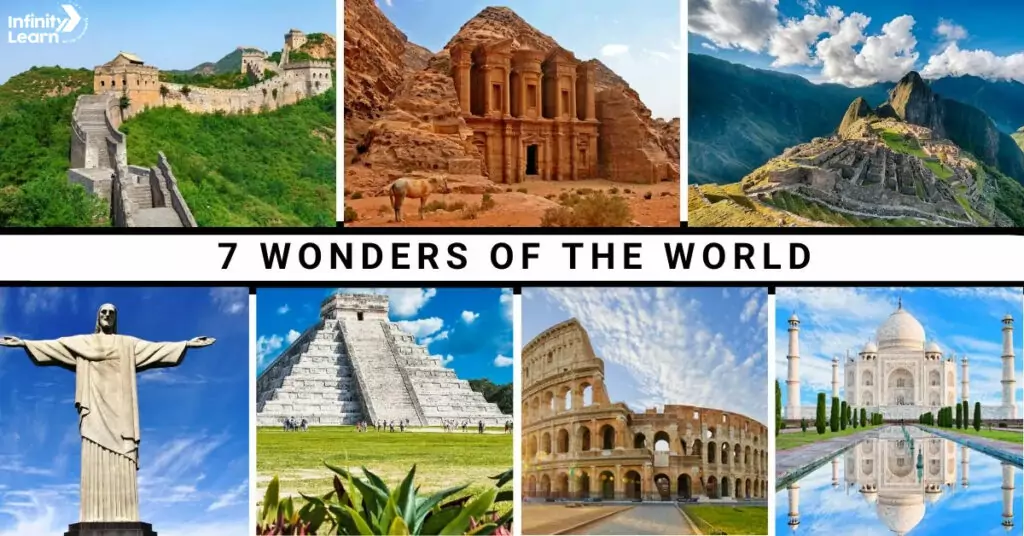
A panel selected 21 finalists from a starting pool of 77 sites. Following a lengthy voting process, the public decided the seven winners, representing a fusion of historical and cultural value selected by general public members rather than specialists.
Here’s a condensed yet informative blog outline about the New 7 Wonders of the World:
- 1. Great Wall of China (China)
- 2. Petra (Jordan)
- 3. Christ the Redeemer (Brazil)
- 4. Machu Picchu (Peru)
- 5. Chichen Itza (Mexico)
- 6. Roman Colosseum (Italy)
- 7. Taj Mahal (India)
1. Great Wall of China
One of the biggest construction projects in history, the Great Wall spans more than 13,000 miles across northern China. Originally constructed to stave off invasions, it now serves as a testament to China’s tenacity and resolve. The wall, which dates to the 7th century BCE, is an intriguing combination of battlements, twisting passageways, and watchtowers.
Location: Northern China
Year Built: 7th century BC to 16th century AD
Purpose: Originally built for protection from invasions
Interesting Facts:
- Contrary to popular belief, the Great Wall is not a continuous structure but a series of walls and fortifications.
- The Wall stretches over 13,000 miles (21,196 kilometers), although large parts of it are in ruins today.
- Legend says the wall is visible from space, but this is a myth; it’s challenging to see from low Earth orbit without aid.
Ancient Chinese civilizations’ resolve to defend their motherland is embodied in the Great Wall. Although some sections of the wall are in good condition, others are eroding as a result of normal wear and the increasing influence of tourists.
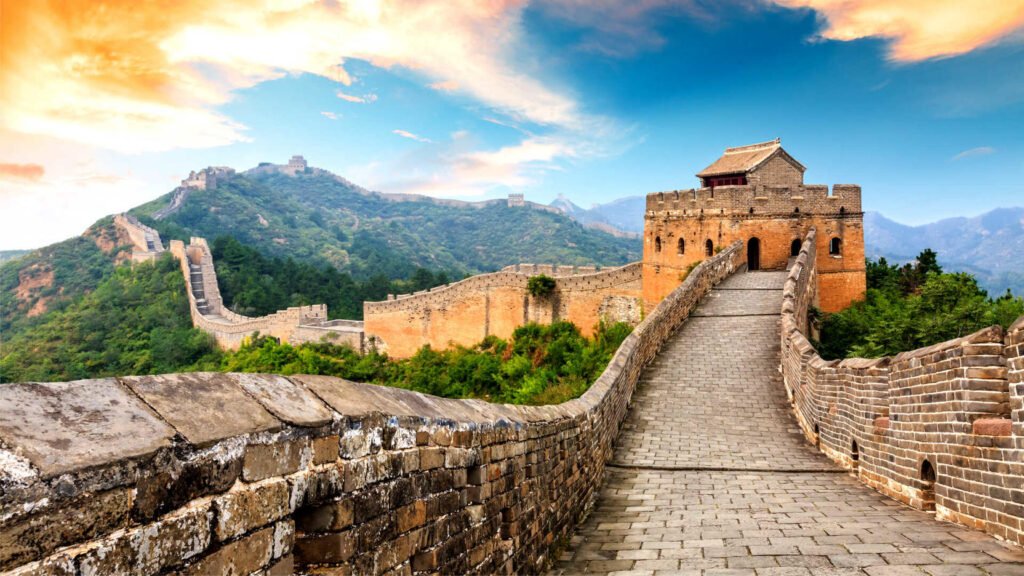
2. Petra (Jordan)
An ancient city carved straight into red sandstone cliffs, Petra is tucked away in the southern Jordanian mountains. Petra, which was established by the Nabataean Arabs in 312 BCE, is home to temples, tombs, and elaborate water systems that exhibit highly developed engineering. Among the most renowned architectural wonders are its Monastery and Treasury.
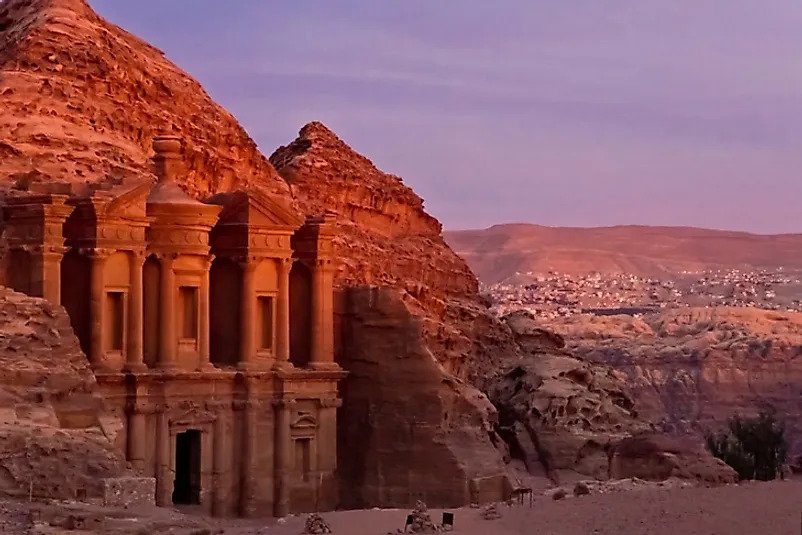
Location: Ma’an Governorate, Jordan
Year Built: 4th century BC
Purpose: Nabataean trading hub
Interesting Facts:
- Known as the “Rose City” due to its pink-colored sandstone cliffs, Petra was carved directly into the rock face.
- Petra’s famous Treasury (Al-Khazneh) is believed to have been built as a mausoleum.
- The site remained unknown to the Western world until Swiss explorer Johann Ludwig Burckhardt “rediscovered” it in 1812.
Despite the severe desert climate, Petra’s technical and architectural wonders have endured. Petra, a UNESCO World Heritage site, is facing preservation issues as a result of growing tourism and environmental degradation.
3. Christ the Redeemer (Brazil)
With a height of 98 feet and an arm spread of 92 feet, the famous statue of Christ the Redeemer stands atop Mount Corcovado in Rio de Janeiro. One of the most well-known representations of Christianity, the statue was finished in 1931 and stands for harmony and peace. It is a well-liked tourist destination because of its expansive vistas over Rio.
Location: Rio de Janeiro, Brazil
Year Built: 1931
Purpose: Symbol of peace and Christianity
Interesting Facts:
- Standing 98 feet tall with an arm span of 92 feet, the statue overlooks the city of Rio from the summit of Mount Corcovado.
- The statue was built with reinforced concrete and soapstone, materials that have allowed it to withstand the harsh weather.
- Christ the Redeemer has become a symbol of peace and hospitality, embodying Brazilian values.
The statue attracts millions of visitors every year and requires regular maintenance to protect it from tropical weather and frequent lightning strikes.
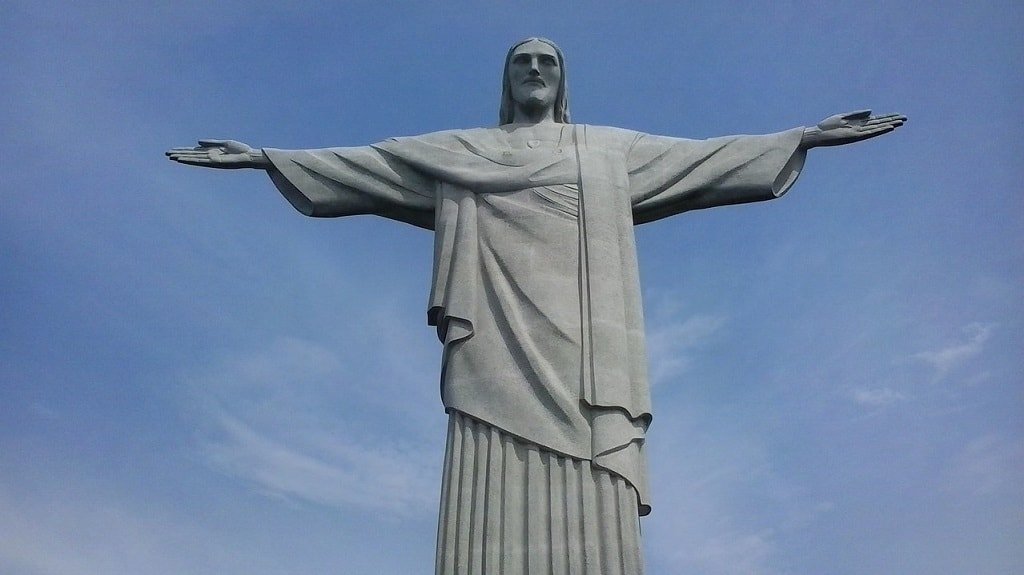
4. Machu Picchu (Peru)
Machu Picchu is an old Incan city that was constructed in the fifteenth century and is situated high in the Andes Mountains. With its temples, terraces, and aqueducts, this well-preserved monument demonstrates the sophisticated architectural and agricultural practices of the Inca empire. Its attraction is further increased by the uncertainty surrounding its original function.

Location: Cusco Region, Peru
Year Built: 15th century
Purpose: Royal estate or sacred site for the Inca Empire
Interesting Facts:
- Rediscovered in 1911 by American explorer Hiram Bingham, Machu Picchu had been hidden by dense forest.
- Built on a mountain ridge, it is famed for its sophisticated dry-stone construction that can withstand earthquakes.
- The site includes temples, terraces, and water channels, showcasing Incan knowledge of architecture and ecology.
Machu Picchu’s remoteness and breathtaking views make it one of the most popular destinations in South America. Conservation efforts focus on limiting tourism to preserve its delicate structures.
5. Chichen Itza (Mexico)
Located in the Yucatan Peninsula of Mexico, Chichen Itza was a significant Mayan city starting approximately 600 AD. The Temple of Kukulkan, a pyramid that showcases the Mayans’ sophisticated understanding of astronomy, is the focal point. An amazing architectural achievement, the shadow of a serpent can be seen crawling down the steps of the pyramid on the spring and autumn equinoxes.
Location: Yucatan Peninsula, Mexico
Year Built: AD 600-900
Purpose: Mayan city-state and ceremonial center
Interesting Facts:
- Chichen Itza’s pyramid, El Castillo, serves as a calendar with 365 steps, mirroring the solar year.
- The site includes a sacred cenote, where sacrifices were made to the rain god Chaac.
- During the spring and fall equinoxes, a shadow resembling a serpent appears on the steps of El Castillo.
As one of the most iconic symbols of Mayan culture, Chichen Itza draws large crowds, and conservation efforts are in place to maintain the structural integrity of the site.
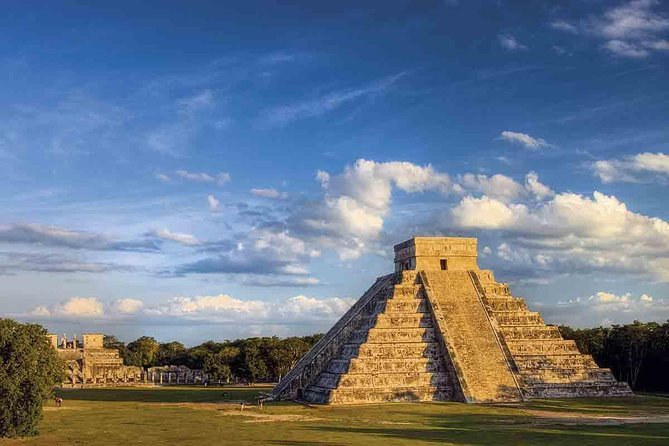
6. Roman Colosseum (Italy)
The Colosseum in Rome, which was constructed in AD 80, is a timeless representation of the magnificence of the Roman Empire. Gladiator bouts and public performances took place in this enormous amphitheater, which could accommodate up to 80,000 spectators. Despite deterioration over time, it is nevertheless a wonder of architecture and evidence of Roman engineering.

Location: Rome, Italy
Year Built: AD 70-80
Purpose: Arena for public spectacles, including gladiatorial contests
Interesting Facts:
- The Colosseum could hold up to 80,000 spectators in ancient Rome.
- Its design influenced modern stadium architecture, with elliptical seating to allow clear views from any seat.
- Many of the games held here were violent and were staged to display Roman power and entertain the masses.
The Colosseum is one of the best-preserved monuments of ancient Rome. Restoration efforts continue to keep this ancient marvel accessible while preserving its historical essence.
7. Taj Mahal (India)
The Taj Mahal is a marvel of white marble building that was commissioned in 1632 by the Mughal Emperor Shah Jahan in honor of his wife, Mumtaz Mahal. It exudes beauty and tranquility with its elaborate patterns and reflecting symmetry. One of the most revered representations of love in the world is the Taj Mahal.
Location: Agra, India
Year Built: 1632-1653
Purpose: Mausoleum built by Emperor Shah Jahan for his wife, Mumtaz Mahal
Interesting Facts:
- The Taj Mahal is renowned for its white marble, intricate carvings, and symmetrical gardens.
- At dawn, the marble reflects hues of pink and orange, while under the moonlight, it appears silver.
- The structure took over 20 years and around 20,000 workers to complete.
The Taj Mahal stands as a timeless tribute to love and is one of the most visited sites in India. Conservation challenges include pollution, which threatens its iconic marble facade.


